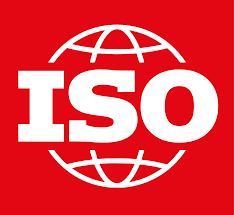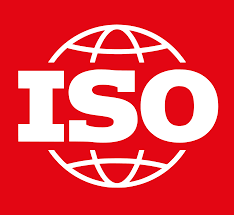Industrial automation systems and integration - Integration of life-cycle data for process plants including oil and gas production facilities - Part 4: Initial reference data
This document specifies the initial set of core reference data items which can be used to record information about process plants, including oil and gas production facilities.
The following are within the scope of this document:
— core classes for process plants, including oil and gas production facilities;
NOTE 1 Reference data items can be core classes, de facto classes, commodity classes and manufactured product classes. Reference data items can also be standard classes or proprietary classes. The terms for the different types of class are defined in 3.1. A discussion about the different types of classes is contained in Annex D.
NOTE 2 A core class defined by this document can be used by ISO 15926-2, ISO/TS 15926-7, ISO/TS 15926-8, ISO/TS 15926-11, ISO/TS 15926-12, ISO 15926-13 and ISO 10303-221.
— the unique name for each reference data item;
— the definition of each reference data item;
— subclass and classification relationships between reference data items;
— the entity within ISO 15926-2 that can be used to record each reference data item.
NOTE 3 Each reference data item that is a class is directly or indirectly a subclass of an entity in ISO 15926-2.
The following are outside the scope of this document:
— data requirements for additional reference data items;
— the procedures to be followed for registration and maintenance of additional reference data items.




